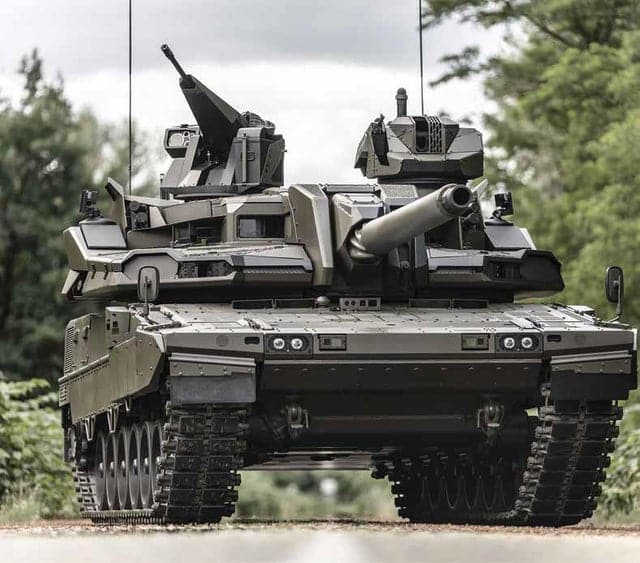The war in Ukraine has, since its start at the end of February 2022, not only demonstrated that high, even very high intensity combat, that is to say a confrontation between two belligerents armed with the full panoply of modern military weapons, could again arise in Europe, but that, against all odds, such a conflict could last, and even last a very long time. The many lessons learned from this war have been influencing for several months the planning of Western armies, and European ones in particular, with a renewed interest in artillery systems, tanks and all heavy systems, but also vis-à-vis screw drones, vagrant ammunition, anti-aircraft and electronic warfare systems. Above all, all the European armies (or rather the policies that govern their capabilities) have become aware that the dimensioning of their forces, however technological they may be, is very insufficient, whether in terms of men, weapons and ammunition systems.
These last weeks, European governments seem to be engaged in a dynamic increase aimed at increasing and increasing the military support granted to Kyiv. Indeed, if the Europeans have managed to find workarounds vis-à-vis Russian gas and oil, the latter have also implemented palliative solutions vis-à-vis the effects of Western sanctions which have a time severely handicapped the military industrial capacities of the country. In fact, Moscow is now capable of engaging in a long-term conflict, aimed at eroding Ukrainian military capabilities and by transitivity of their European allies, knowing that for its part, the country can rely on sufficient industrial production. and on a most docile population to rebuild maneuver units in the relatively short term. As a result, Europeans are now competing with each other to bring to Kyiv the heavy tanks, infantry fighting vehicles, armored reconnaissance vehicles, medium and long-range artillery and anti-aircraft systems demanded by the Ukrainian authorities in the aim of preparing a spring offensive which is intended to be decisive in order to put an end to this war by the end of the summer.

But in the field of heavy tanks, the Europeans face a major constraint. Indeed, with the exception of a low capacity production line in Germany for Leopard 2, there is no longer any industrial production capacity capable of compensating for the heavy armored vehicles that could be transferred to Ukraine. In other words, if European manufacturers know how to replace the light tanks, artillery systems or anti-aircraft systems transmitted to Kyiv in the relatively short term, of the order of a few years maximum, so as to give back to the armies European means to resist, if necessary, an aggression, there is no comparable solution concerning heavy tanks, to the point that all tanks Leopard 2, Leclerc or Challenger 2 which could be sent to support the Ukrainian armies, would necessarily come to the detriment in the medium or even long term of the operational capabilities present in Europe, with the exception of the case of the South Korean K2 tanks acquired by Poland . In this context, it could be relevant to question the emergency implementation of a Franco-German production capacity around the KNDS E-MBT tank as part of the MGCS program, precisely to fill this gap.

75% of this article remains to read,
Subscribe to access it!
The Classic subscriptions provide access to
articles in their full version, and without advertising,
from 6,90 €.
Newsletter subscription
Register for the Meta-Defense Newsletter to receive the
latest fashion articles daily or weekly


[…] […]